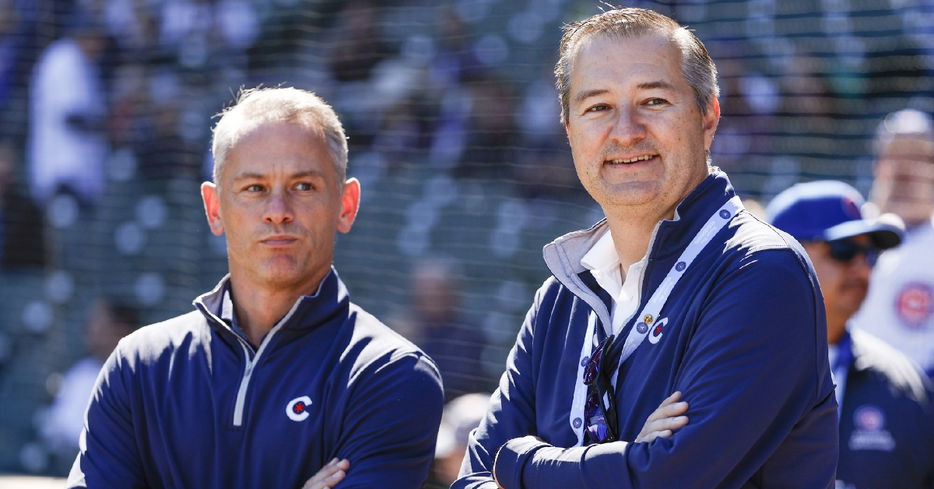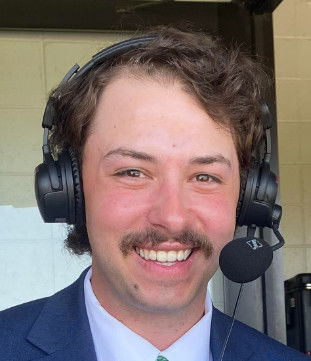
Cubs’ quiet trade deadline haunts them after NLDS exit |
The Chicago Cubs' season ended when they fell 3-1 to the Milwaukee Brewers in Game 5 of the NLDS. Seeing the baseball on display in the NLCS from the LA Dodgers, it’s hard to imagine the Cubs would have made it any further had they gotten past their division foe.
One of the biggest reasons why the Cubs weren’t going to be World Series Champs this season is pitching. In the NLCS alone, the Dodgers have had three starting pitchers combine for 22 and 2 thirds innings, allowing just two earned runs and striking out 25. In the Cubs’ eight postseason games, their starters combined for only 22 and 1 thirds innings — a total the Dodgers have eclipsed in just three games. Granted, the Cubs used openers for a handful of those games. But even in the Cubs’ four postseason victories, all of the Ws were credited to relievers. The point is, the Cubs did not have enough pitching to go deeper in the postseason. The gripe that many people have is that the Cubs knew that and didn’t acknowledge it. If it weren’t for a career renaissance and an all-star campaign from Matthew Boyd and a second half from rookie Cade Horton that rivaled Jake Arrieta’s prime, the Cubs likely would’ve collapsed out of the postseason in all-too familiar fashion. But, for the Cubs, who started the season with a starting rotation of Justin Steele, Shota Imanaga, Mathew Boyd, Colin Rea, and Ben Brown, adding pitching at the trade deadline seemed like a necessity. The Cubs did not get the growth they expected from Ben Brown and Jordan Wicks. Jameson Taillon and Javier Assad were injured to begin the season. Taillon didn’t make his season debut until the second time through the rotation and suffered an additional injury that caused him to miss nearly two months. Assad didn’t appear until August. Justin Steele went down for the season in April, with an injury that has a recovery time of over a year. Imanaga missed significant time that lasted nearly two months and was inconsistent upon his return. On July 31st, the Cubs sat one game back of the Brewers for the division, knowing they needed pitching help at the trade deadline to have a chance at a championship. Not addressing their pitching needs and trusting in Matthew Boyd — who had not pitched more than 80 innings since 2019 — and a rookie in Cade Horton to be the team’s horses on the mound was irresponsible at best. Then, a trade deadline that was forecasted to be an extremely aggressive one from the Cubs resulted in disappointment. Mike Soroka was the biggest move of note, who the Cubs acquired from the Nationals despite his velocity being down in his final starts before the deadline with Washington. Soroka was injured in his first start with the club. Not to mention, the Cubs didn’t address their bullpen to the full extent of their possibilities. After trading for Ryan Pressly and Eli Morgan in the offseason, the Cubs quickly needed to find other contributors. It was Daniel Palencia and Brad Keller who served the high-leverage roles in 2025. If the Cubs didn’t get phenomenal production from those two arms, who knows what the back end would have looked like? The only major addition in July was Andrew Kittredge, a reliever from Baltimore. He was the acquisition that made the biggest difference for Chicago (3.32 ERA in 21.2 innings). The Cubs also traded for Taylor Rogers, who did not make the NLDS roster, and utility man Willi Castro, who did not even have a postseason at-bat. The trade deadline is a great opportunity to instill a sense of confidence in your team. Anthony Rizzo was cited in multiple interviews describing the energy a big move could give the team, as well as the deflating feeling that could come from the front office choosing not to invest in the team. A lack of reinforcements from the front office seemed to drain a Cubs team that desperately needed a jolt. After starting 36-22, the Cubs played their next 50 ballgames only four games over .500. After looking for a deadline spark and not receiving one, the Cubs went on to play 15-14 ball in August, falling out of the race for the NL Central crown. While some of their potential targets at the deadline did not perform up to their caliber after the deadline, it’s not impossible to think they could’ve had success in Chicago. It all leads you to wonder, was the Cubs' season doomed at the deadline?






